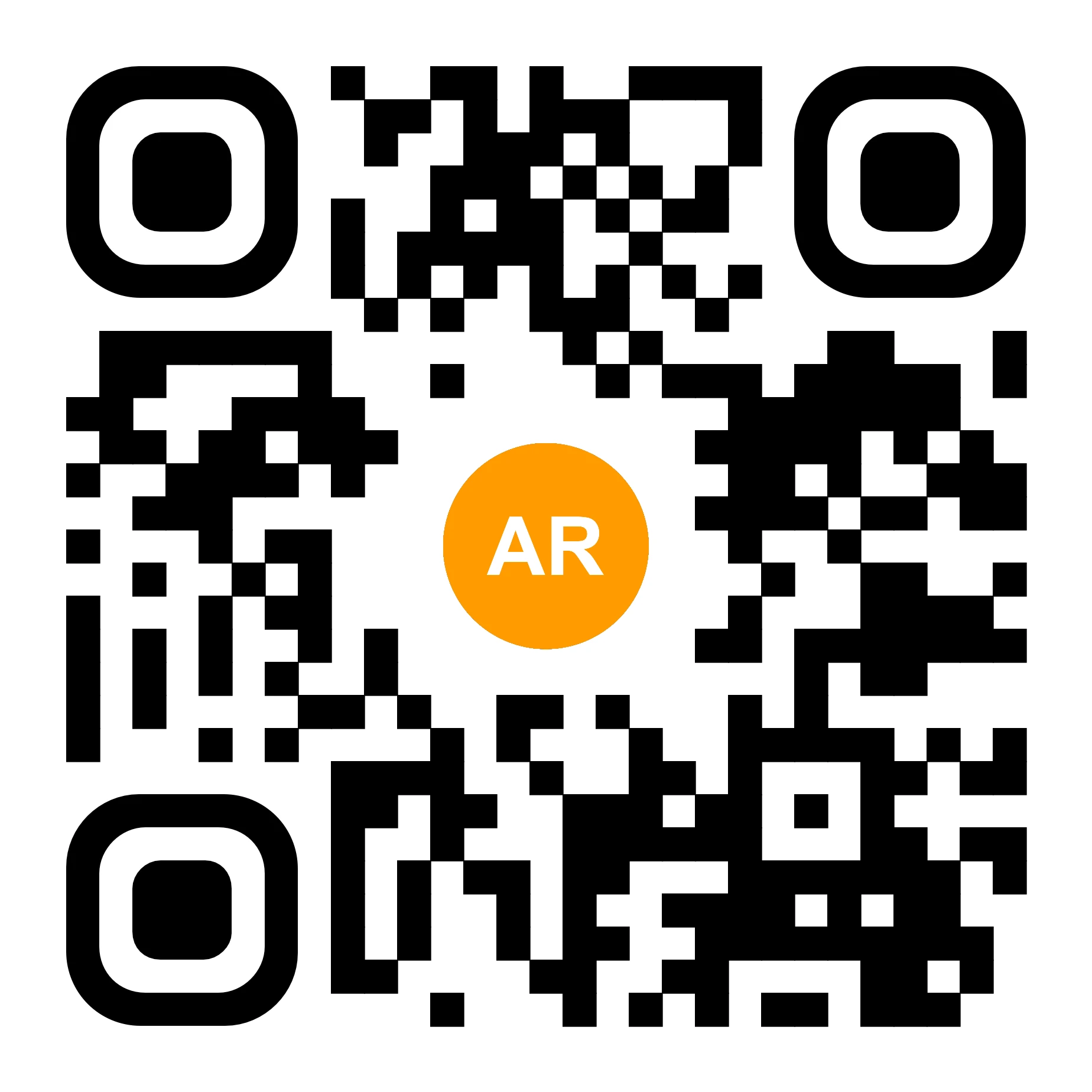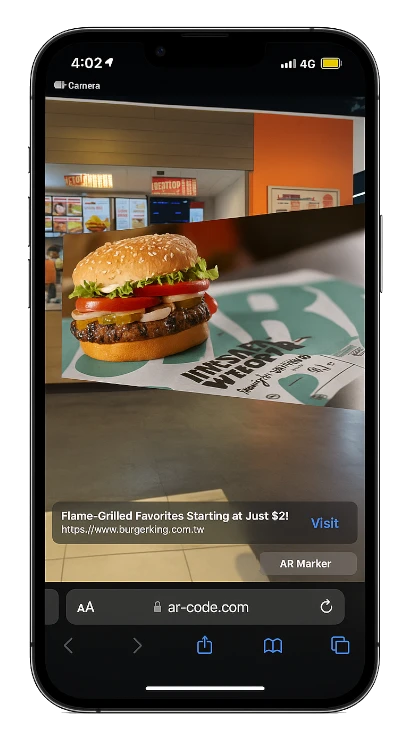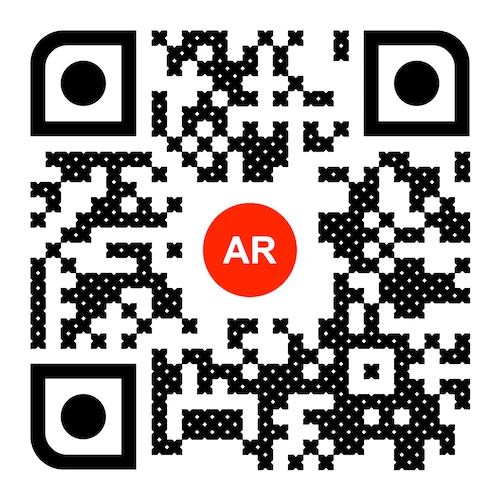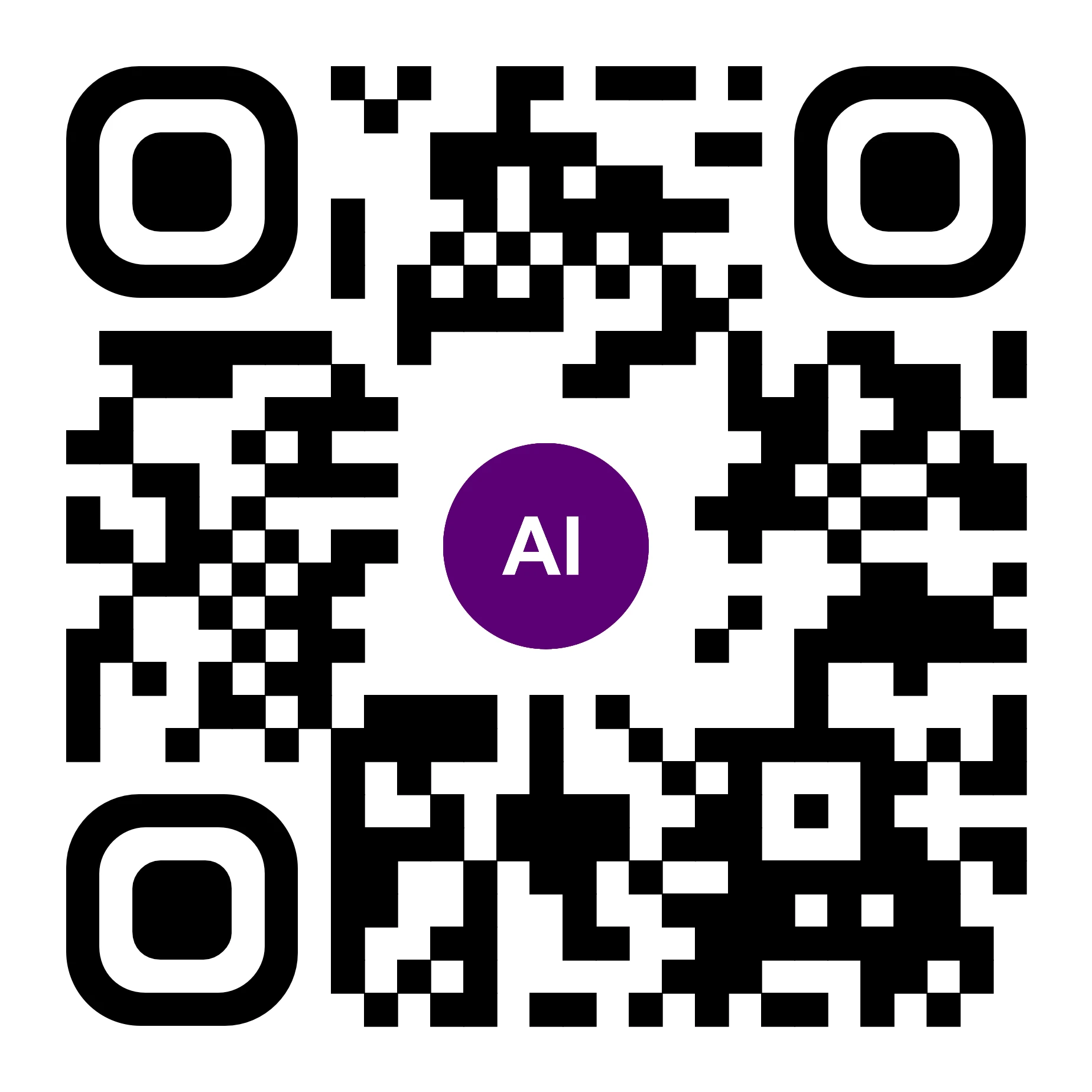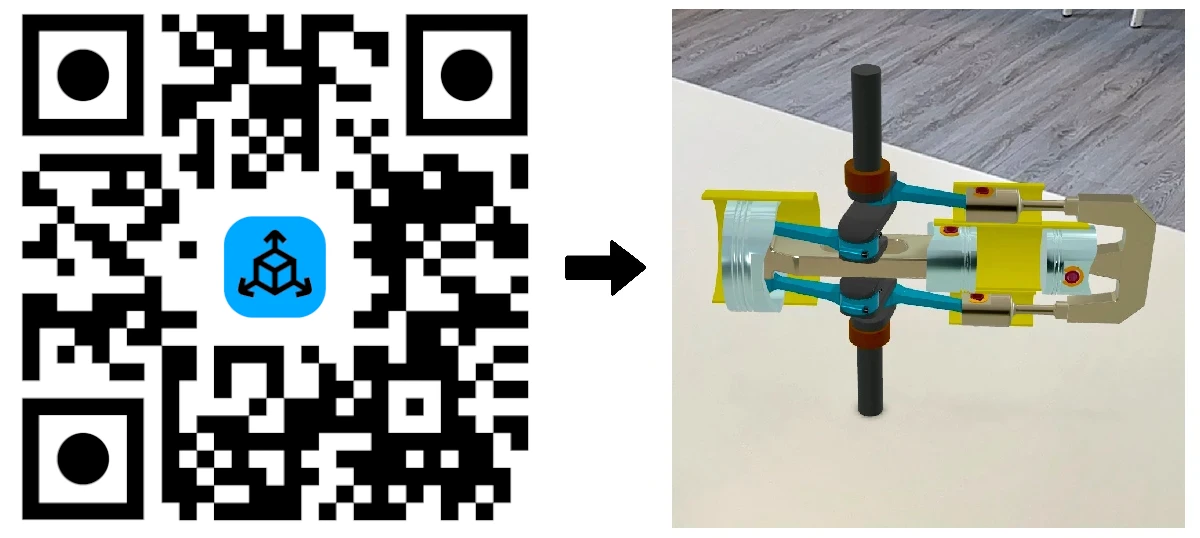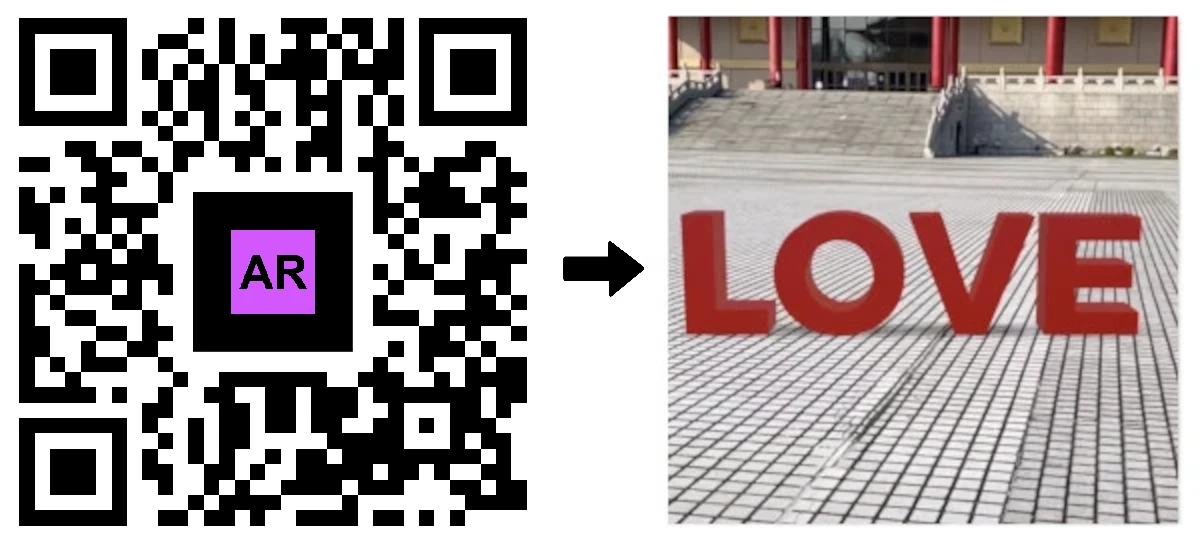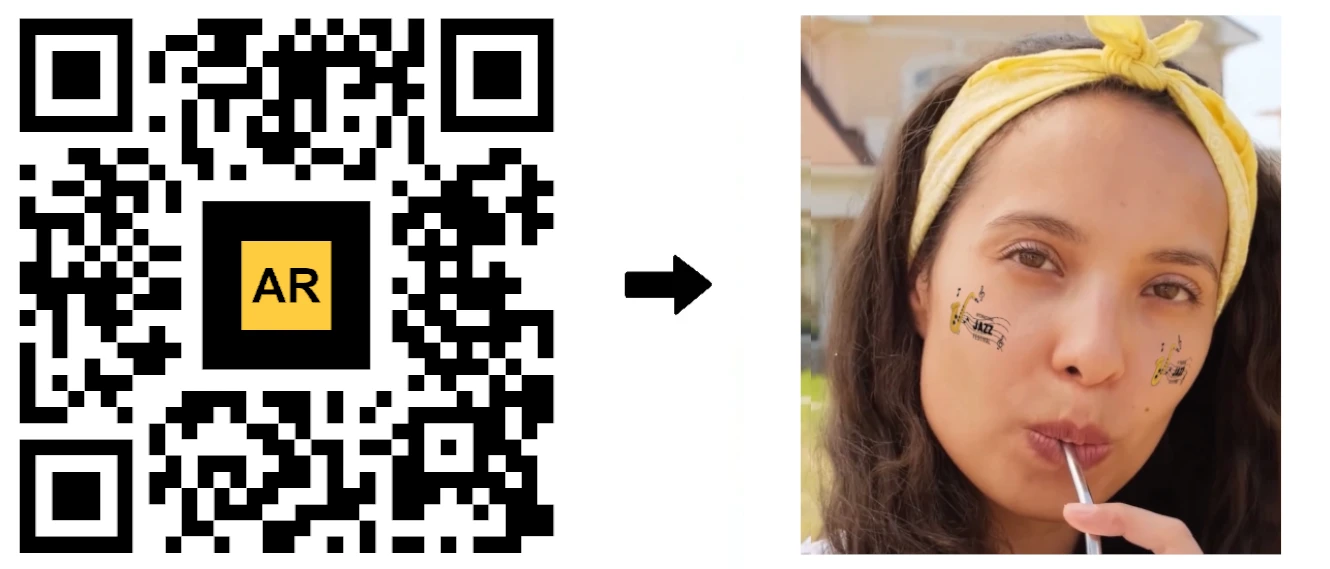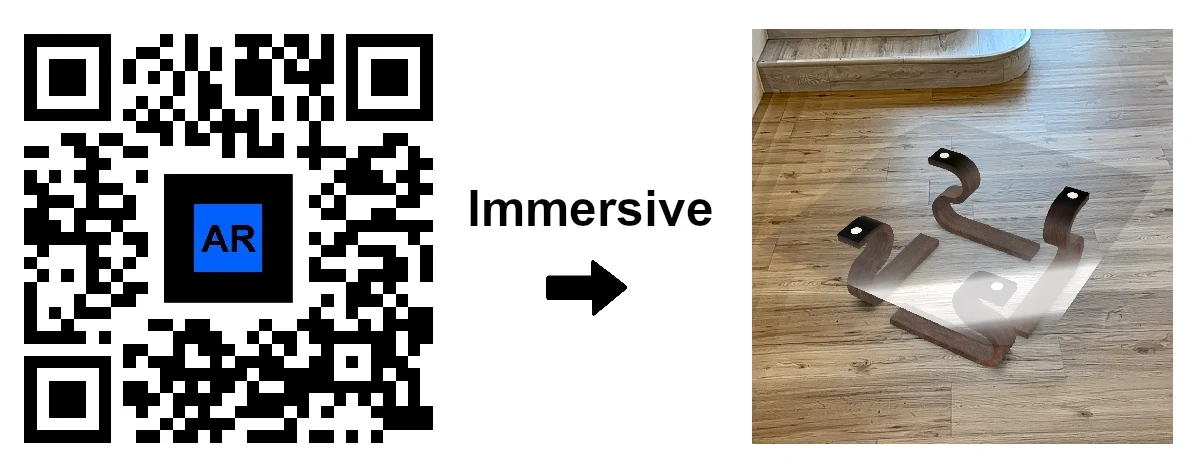What is the difference between a QR Code and an AR Code?
AR Code Tech | 01/01/2026 |
QR Codes have been central to digital marketing, payments, and information sharing since the early 2000s. Businesses can now supercharge engagement by transforming traditional QR Codes into interactive augmented reality with the AR Code SaaS platform. Enhance your brand with memorable AR content that distinguishes your business in any industry.
The Evolution of the QR Code
First invented in 1999 by Masahiro Hara of Denso Wave for industrial tracking, QR Codes have become standard in mobile technology. Their integration into devices began in Japan, fueling rapid adoption and continuous innovation worldwide.
QR Codes expanded with smartphone use and became common for consumers in Europe, America, and beyond, making digital interactions faster and more convenient.
With built-in QR and AR scanning on modern smartphones, getting started with AR is easy. See how to scan AR Codes using any device.
Across Asia, QR Codes are crucial for payment, social engagement, interactive advertising, and data management strategies.
Today’s QR Codes drive digital commerce, social sharing, and next-generation augmented reality solutions. Brands now connect physical objects with digital experiences to increase audience interaction.
Upgrade Your Experience: QR Codes to AR Codes
Modern customers expect engagement beyond static links. With AR Codes, businesses deliver immersive digital content, driving immediate action and engagement on packaging, print, and in-store displays.
Cutting-edge AR tools like Apple App Clips Code and WebAR make it simple to deliver interactive digital experiences on physical items. Companies use these technologies to capture attention and inspire instant interactions.
Upgrade QR interactions into AR-powered shopping, product demos, and captivating brand stories. AR Codes transform a familiar technology into a growth engine for your business.
Emerging AR technology such as Apple Vision Pro Codes is transforming business-customer engagement. App Clips offer instant app experiences while the Apple Vision Pro headset brings seamless AR immersion. Review our QR vs. AR Code guide to select the best fit for your business.

What is Augmented Reality and Why Does It Matter for Business?
Augmented Reality (AR) overlays digital 3D models, images, videos, and instructions onto real-world environments. This technology provides immersive brand experiences at every touchpoint, making your products stand out.
The AR business ecosystem features:
-
AR Device: Over 2 billion smartphones support AR, and AR glasses adoption is rising. Leading platforms such as ARKit and investment in the metaverse by Apple, Google, and Meta drive technology forward.
-
AR Content: Businesses use interactive AR content from games to education and employee training. Microsoft Hololens 2 is an example of advanced tools for collaboration and instruction. See how real estate teams use AR Codes for property tours and lead generation.
-
AR Render: Advanced rendering technology powers realistic AR for marketing and employee training. WebAR delivers AR instantly through web browsers, with no app needed. Solutions like ARKit and ARCore ensure scalable deployments for global brands.
-
AR Anchoring: Boost value by choosing the best anchoring methods for your goals:
- Direct Environment Anchoring: Attach digital content to real environments for interactive tours and on-site engagement.
- Geolocation Anchoring: Power localized AR marketing with real-world triggers. See how smart cities deploy AR Codes for urban engagement.
- Object Recognition Anchoring: Enrich retail and displays using WebAR for object or face recognition.
- Ultra-wideband Anchoring: Achieve highly accurate tracking for product visualization, inspired by Apple AirTag precision.
- AR Codes Anchoring: Put AR Codes on packaging, print, or displays for instant product visualization and digital access from physical assets.
By combining sophisticated anchoring, engaging content, and high-fidelity rendering, AR Code empowers businesses to accelerate their digital transformation. Launch interactive demos, creative marketing campaigns, and educational tutorials instantly using the AR Cloud API.
Boost Customer Engagement with AR Codes
AR Codes link offline materials to immersive online experiences, letting brands educate, entertain, and boost sales in a single scan. Launch 3D product demos from packaging, provide instant AR instructions via brochures, or enhance advertising with interactive previews for increased loyalty and conversions. Start using 3D File Upload, Object Capture, AR Face Filter, and AR Video. Follow our AR photo creation tutorial and learn to create 3D AR text content to get started.
AR Code SaaS: Discover 4 Types of AR Rendering
Immersive AR: Deliver interactive 3D content, allowing customers to explore and engage with your products virtually.
Face Filters AR: Drive social engagement and brand exposure by providing shareable custom face filters.
Flying Over AR: Showcase floating 3D models or marketing videos above AR Codes for vibrant and memorable promotions.
AI Assistance AR: Use the AI Code feature for smart image analysis and customized customer experiences that build deeper brand connections.
Frequently Asked Questions
What are QR codes and how did they originate?
QR Codes were created by Masahiro Hara at Denso Wave in 1999 to store large amounts of data efficiently and expand far beyond automotive use because of their open licensing. Explore this detailed QR vs. AR Code comparison for business insights.
What are App Clips Codes?
App Clips Codes are Apple’s QR codes for instantly launching mini-apps that can include immersive AR experiences. They make it easy for users to access business services and exclusive digital content on iPhones and iPads.
What are AR Codes and how do they relate to QR Codes?
AR Codes redefine the QR experience by enabling interactive augmented reality that goes beyond static information. Discover more in our AR Code SaaS guide and see how agencies deliver AR at scale for business clients.
AR Code Tech - Latest Blog Posts
AR Splat: A New 3D Scanning-to-Augmented Reality Solution Based on Gaussian Splatting
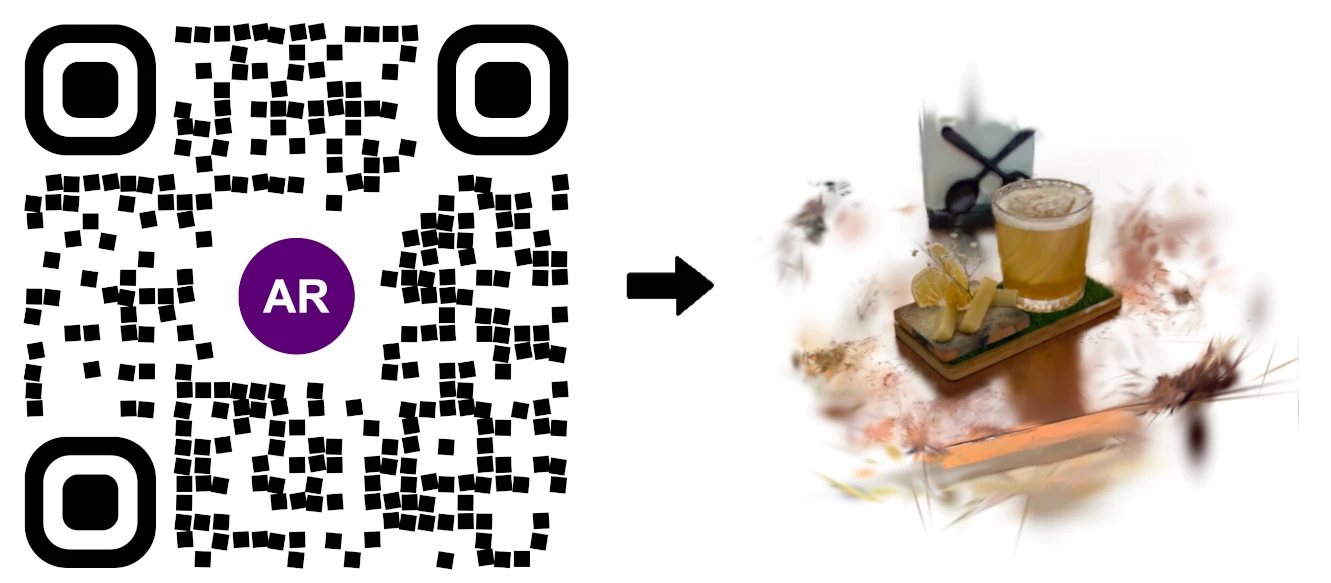
AR Splat by AR Code empowers businesses to create immersive, high-quality 3D environments from simple videos, streamlining 3D content creation for web-based AR experiences. Upload a walk-around video and AR Splat instantly generates a photorealistic 3D scene, accessible directly through an AR QR Code. Driven by...
AI Code’s Image Generation Redefines Product Visualization Through a QR Code Scan

AR Code is transforming Augmented Reality (AR) and Artificial Intelligence (AI) for businesses by providing AI-generated visualizations that engage customers instantly through a QR code scan. Unlock the potential of AI Code for your business and drive customer interaction with immersive AR experiences. Retailers,...
AR Code Object Capture Now Works on All iPhones and iPads No LiDAR Required
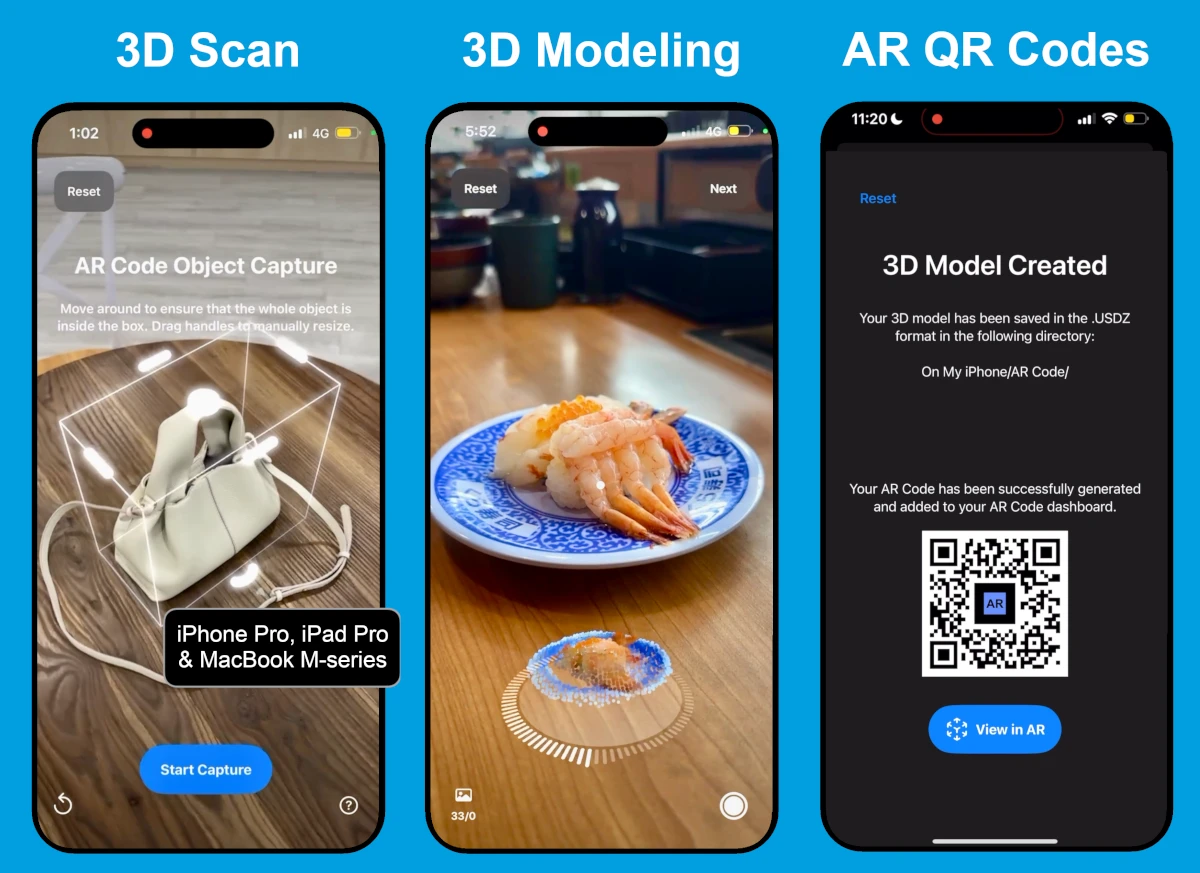
Elevate your business with immersive augmented reality using the AR Code Object Capture app. Instantly capture and create 3D models plus AR QR Codes on any iPhone or iPad, no LiDAR required, streamlining digital workflows and unlocking new customer engagement strategies. Empower your team to deliver interactive AR...
3D Scanning from Video Now Available on the AR Code Web Interface
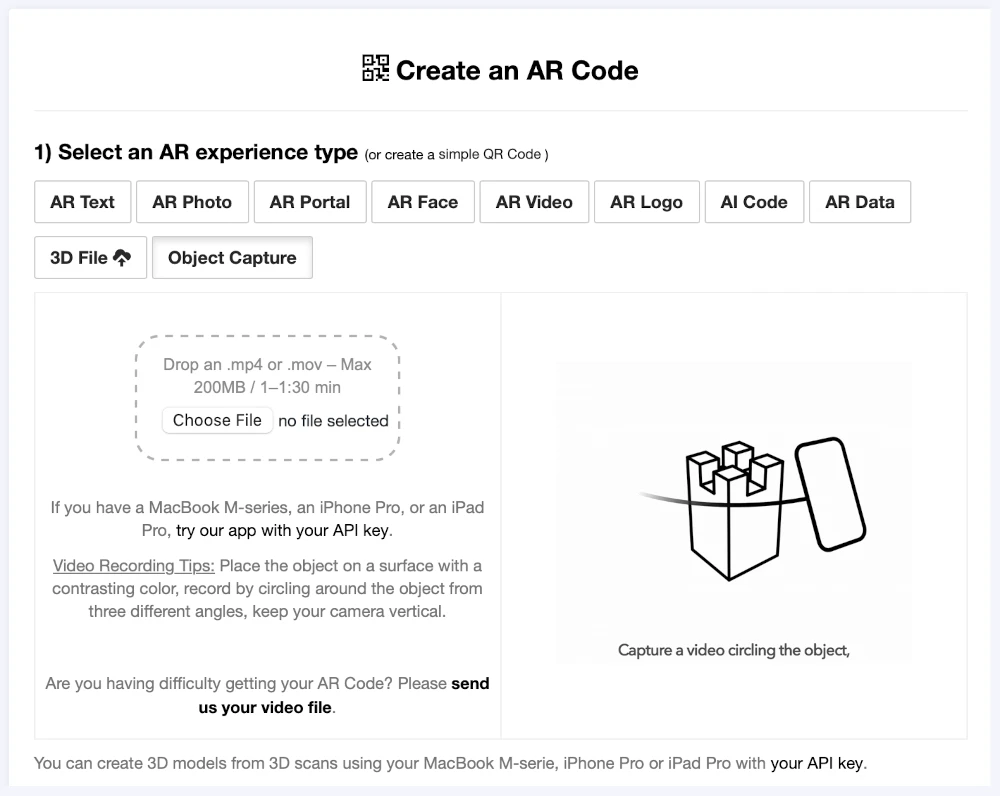
Transform your business with the innovative AR Code Object Capture solution, now available on our web platform. Boost your brand's impact by turning video-based 3D scans into immersive augmented reality content in minutes, all without technical hassles. Forget complicated apps or extra hardware. Upload a...
Guide to 3D Scanning with Our "AR Code Object Capture" Solution

Accelerate your business’s digital transformation with AR Code Object Capture—the leading SaaS platform for 3D scanning and augmented reality experiences that drive growth, engagement, and revenue. Trusted by top organizations, AR Code delivers high-quality 3D model creation for marketing, e-commerce,...
From Video to 3D Modeling: Photogrammetry with AR Code Object Capture on MacBook M-Series
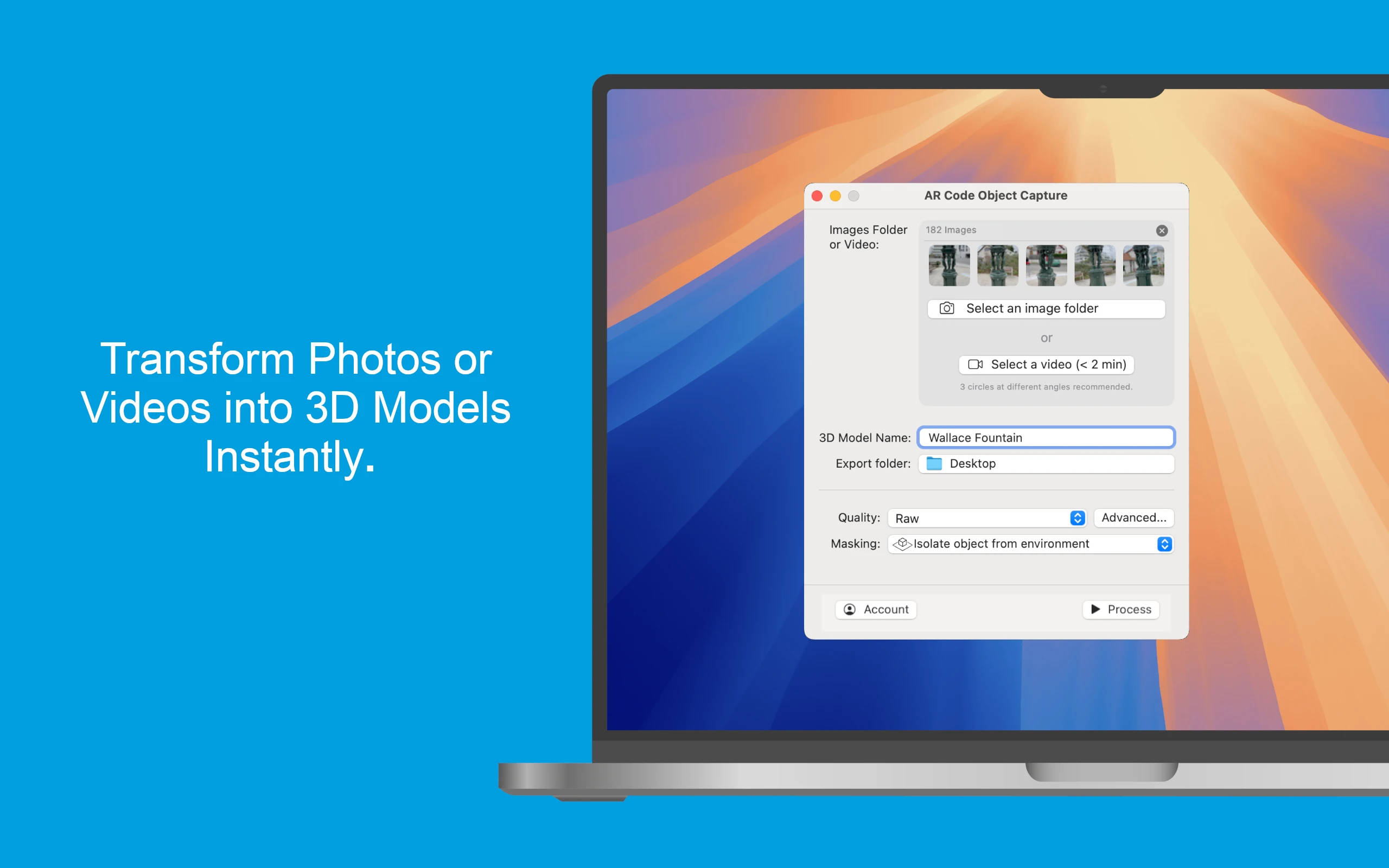
Elevate your business with the cutting-edge AR Code Object Capture app, the premier 3D scanning and augmented reality SaaS platform for enterprises. Purpose-built for MacBook M-series (macOS 15.0+), this app converts real-world products into vivid 3D models and AR QR Codes in just minutes. Seamlessly compatible across...
Personalize Your AR Codes with Innovative Design Options

AR Codes are revolutionizing business engagement by seamlessly connecting physical products, print materials, and digital content into interactive augmented reality experiences. Unlike standard QR codes, AR Codes on the AR Code SaaS platform offer advanced visual customization, transforming plain codes into vibrant,...
AR Code's Low-Power SLAM: Augmented Reality for Everyone, Everywhere

Accelerate your business growth with AR Code, the flexible SaaS platform revolutionizing accessibility and engagement in Augmented Reality for companies worldwide. Deploy dynamic AR experiences across premium and affordable devices, from flagship smartphones to entry-level Androids. AR Code’s advanced low-power SLAM...
Revolutionize Your Online Boutique with 3D Scans Using the AR Code Object Capture App

In today’s fast-paced e-commerce world, delivering immersive and interactive shopping is crucial for businesses to stand out. Online shoppers expect to experience products as vividly as in person. AR Code helps companies surpass these expectations through leading-edge Augmented Reality solutions. Using the intuitive...
AR Face Filter Creation Simplified: Boost Brand Engagement with AR QR Codes

Accelerate your brand reach and energize your marketing strategy with the AR Face Filter, an innovative augmented reality SaaS solution from AR Code. Instantly project your logo or images onto users’ faces using advanced AR and AI technology. Perfect for sports teams, event organizers, entertainment brands, and...
150,658 AR experiences
553,403 Scans per day
129,233 Creators



